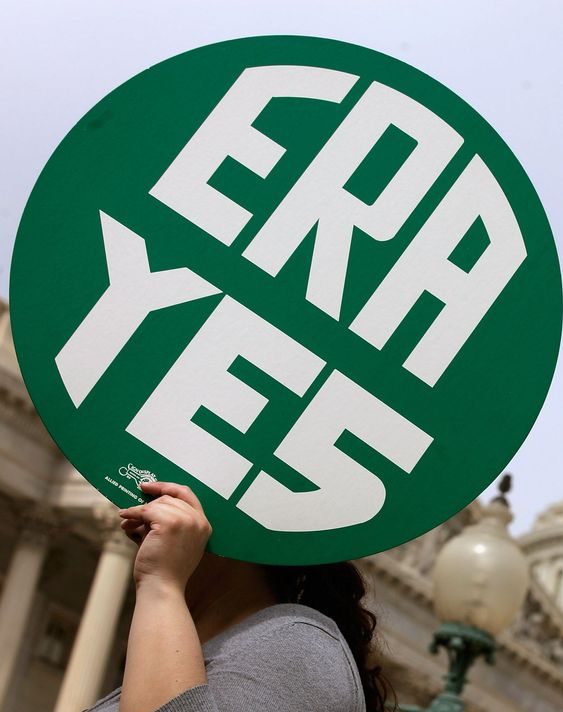100 years after introduction, the fight for Equal Rights Amendment still persists it’s goal for equality
With the overturning of Roe vs Wade in 2022, the fight for women’s rights has never been more persistent and prevalent in the spirits of women’s rights activists than ever before.
And with this invigorated spirit, lawmakers have now turned their attention towards a resurrecting document that, as of 2023, could change every aspect of the fight against gender discrimination.
In 1923, a draft was presented to the American Congress detailing the defense of human and civil rights for gender and race equality under the express protection of the law the Equal Rights Amendment.
First proposed by Alice Paul, a leader of the twentieth-century women’s suffrage movement, who wanted to expand guaranteed rights in the US Constitution to genders, famously arguing, “We shall not be safe until the principle of equal rights is written into the framework of our government.”
Supported widely at the time, the proposed amendment stated an “equality of rights under the law shall not be denied or abridged by the United States or by any state on account of sex.”
Supported widely at the time, the proposed amendment stated an “equality of rights under the law shall not be denied or abridged by the United States or by any state on account of sex.
As well as a second section, detailing the powers given to the government to uphold the law in the sense that, “The Congress shall have the power to enforce, by appropriate legislation, the provisions of this article.”
It passed both in the House and Senate before falling short of the three-fourths majority needed to ratify the document before the deadline set by Congress on March 22, 1979.
It later had the deadline extended to 1982, where there was large opposition against the amendment, mostly due to complicated issues relating to abortion laws, sex separation in bathrooms, and child support requirements. This made the process for approval to a halt.
However, it soon regained popularity on January 15, 2020. Virginia became the 38th state to ratify the amendment allowing the document to cross the threshold specified in the Constitution.
But controversy with the passed deadline has caused legal pushback and problematic technicalities which must be fought in the courts before Congress can decide whether or not to adopt the amendment into law. Lawmakers arguing the document are no longer feasible for amending.
And not only do questions arise about the credibility of ERA legitimacy, due to the outdated deadline, but the necessity of having a document guaranteeing women’s rights.
After all, what could the ERA do to help?
In terms of legislation, activists argue that the introduction of the ERA into Congress and the Constitution would guarantee to push back against discrimination in law and provide a powerful upper hand for future campaigns for equality and representation.
The amendment would clearly draw out—in a legal sense—the limitations and regulations that can be imposed on a new law without discriminating against sex or race.
This could be used to set clear limits on modern problems such as equal pay, office guidelines, and fair legal consideration of not only women’s but men’s experiences in court.
With more and more judicial judgments taking place around the subject of sex and women’s rights, we must begin thinking about the future and protection of women’s guaranteed rights under the law and what we must do for the sake of equality, in both sex and race.

Ava is a senior entering her second year writing for the Central Trend. She strives to be a passionate writer, hopelessly curious about all topics, and...































































































Betty Folliard • Apr 14, 2023 at 7:43 am
We’ll said, Ms. Tilley. It’s time to enshrine legal equal rights for all in the U.S.